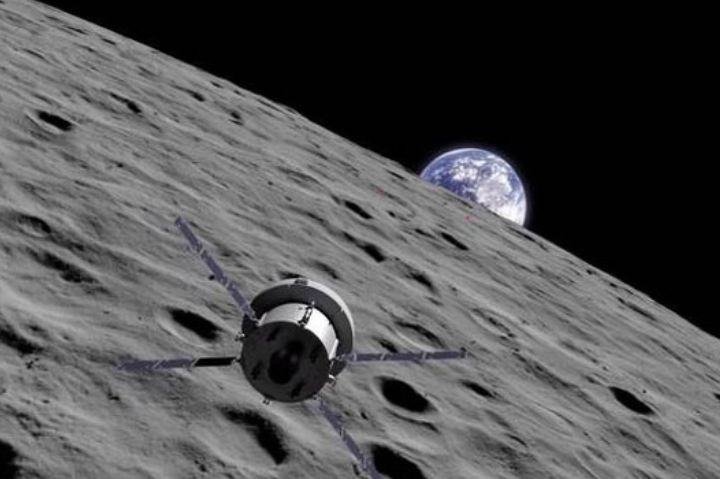NASA is set to make history with the Lunar Gateway, a revolutionary floating space station that will orbit the Moon and serve as a crucial base for the Artemis missions. Designed to enable longer, deeper lunar explorations, Gateway will allow astronauts to make daring missions to the Moon’s South Pole, an area shrouded in permanent shadow and rich in untapped resources.
Unlike the Apollo era, where astronauts were simply “dropped” onto the lunar surface, Gateway promises a new era of sustained lunar presence. The compact yet high-tech station, roughly a fifth of the size of the ISS, will house up to four astronauts in modules such as the Lunar I-Hab, which will be equipped with life-support systems, research labs, and even expansive viewing windows for stunning sights of Earth and the Moon. With support from the European Space Agency (ESA), Gateway is engineered to provide a stable communication link, vital for missions far from Earth.
With a projected operational life of at least 15 years, NASA envisions Gateway as the springboard for Artemis’s ultimate goal: establishing a permanent human presence on the Moon. It will also set the stage for humanity’s next giant leap—Mars.












